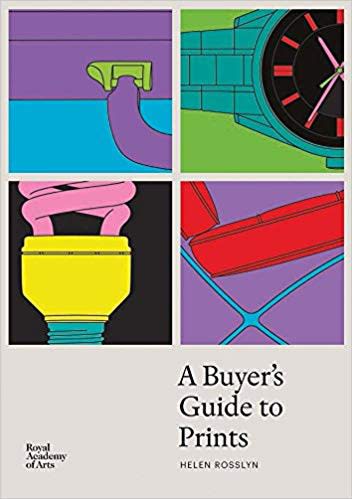Charles Meryon
Le Stryge, The Vampire, 1853 and later
Etching
16.9 x 13 cm
6 5/8 x 5 1/8 in
6 5/8 x 5 1/8 in
Initialled in plate
Elizabeth Harvey-Lee
Stand E8
Stand E8
£ 1,750.00
Meryon etched the first of his series of twenty-two L’Eaux-fortes sur Paris (Etchings of Paris) in 1850, but perhaps only conceived of a whole series in 1852, when he etched...
Meryon etched the first of his series of twenty-two L’Eaux-fortes sur Paris (Etchings of Paris) in 1850, but perhaps only conceived of a whole series in 1852, when he etched a title piece. From an Oxford private collection.
An engraved oval, the most iconic image of the L’Eaux-fortes sur Paris. Meryon initially intended to entitle it La Vigie (the Look-out), before deciding Le Stryge was better, name by which the sculpture itself is now known.
Delteil 23 vi/viii; Schneiderman 27 vi-vii/x (cancelled in the 10th state). The plate signed with initials CM on a chimney, and again in full in cursive script outside the borderline. Dated in reverse in Roman numerals beneath the signature, and with Delâtre’s address as printer. Sixth-seventh state, after the removal of the two lines of verse, but before the addition of the title. On laid paper.
An engraved oval, the most iconic image of the L’Eaux-fortes sur Paris. Meryon initially intended to entitle it La Vigie (the Look-out), before deciding Le Stryge was better, name by which the sculpture itself is now known.
Delteil 23 vi/viii; Schneiderman 27 vi-vii/x (cancelled in the 10th state). The plate signed with initials CM on a chimney, and again in full in cursive script outside the borderline. Dated in reverse in Roman numerals beneath the signature, and with Delâtre’s address as printer. Sixth-seventh state, after the removal of the two lines of verse, but before the addition of the title. On laid paper.





 A Buyer's Guide to Prints
A Buyer's Guide to Prints